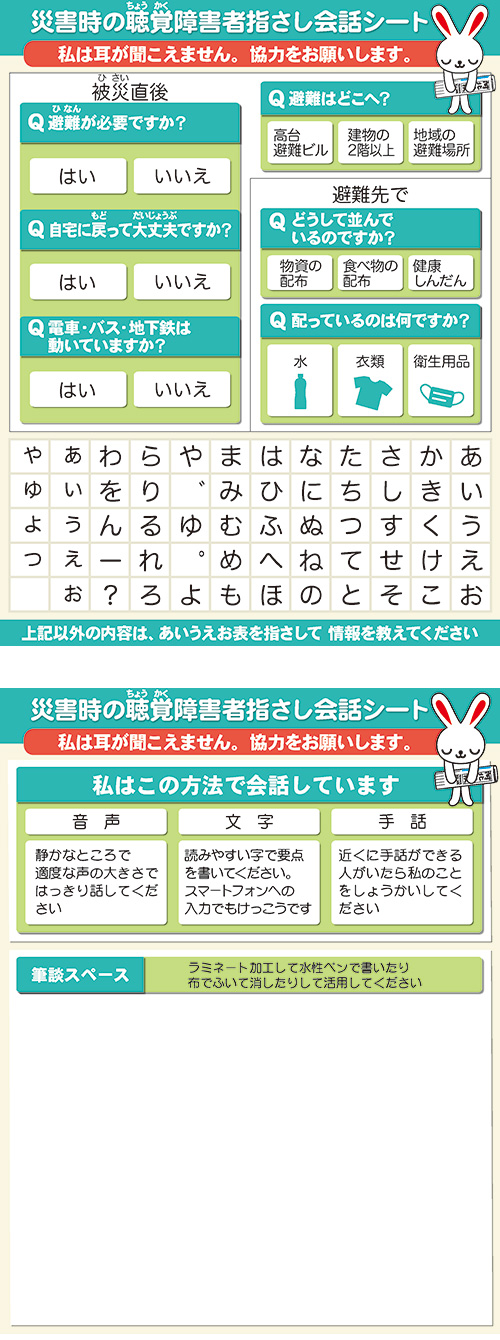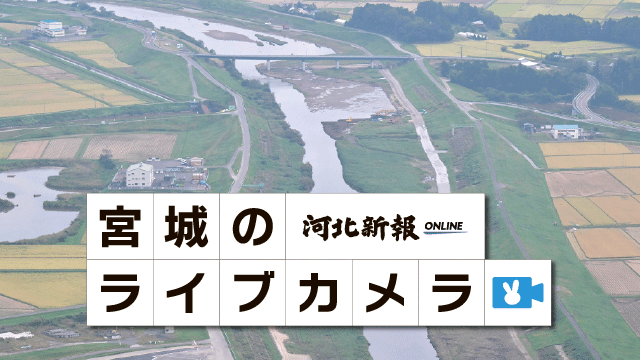Part 7: Assistance (3) Facilities / Not enough time, not enough people




“Yoshi Land,” a geriatric health care facility, sits on a flat stretch of land around two kilometers from the sea in Haramachi District, Minamisoma City. After the main shock of the Great East Japan Earthquake, the approximately 60 staff began evacuating the 140-some residents by car. After 3:50 p.m., just before they began the second round of evacuation, the giant tsunami rushed upon them.
“How far do we need to run?” Someone shrieked.
Nervousness ran through the 20 or so staff still at the facility. The black wave was closing in, sweeping aside the coastal forest and raising clouds of dust. About 60 seniors were at the parking lot in their beds and wheelchairs, waiting to evacuate by car.
“It doesn't matter where, just get as far away as you can!” shouted back Chikako Oi (52), chief nurse of the inpatient ward. All at once, the staff pushed beds and wheelchairs, and ran up with all their strength to a municipal road that sat about two meters higher than their facility.
Oi also crossed the municipal road while pushing a bed. However, the caster wheels of the bed slipped off the pavement, and became stuck in a crop field. The bed did not budge. Moments later, a cold shock hit her legs.
Earlier that day, as soon as the main quake subsided, the staff had carried residents out to the parking lot in their beds and wheelchairs.
Besides the elderly care facility, the grounds hosted an outpatient care service, a home-visit nursing ward, an in-home care support office, and a shared residence for seniors.
One senior had been in the bath, and was only covered in a towel. A cold sea wind blew, but as the violent aftershocks continued, returning to the facility seemed unsafe. Instead, they bundled the residents in blankets and bedding, and hung a blue tarp on the parking lot fence to create a makeshift windbreak.
“Are we safe from the tsunami?” It was around the time they had done what they could against the cold. Hearing these words, Oi glanced around.
She could not hear the emergency radio. In fact, she could only hear the wind. She looked for fire trucks or the city's loudspeaker vans, but they were nowhere to be seen.
The city's hazard maps put Yoshi Land outside of the predicted tsunami inundation zone. They have never even conducted a tsunami emergency drill. Nonetheless, Oi decided to prepare for the worst and evacuate to the “Fukushima Prefectural Hama Technical Academy,” a vocational school about a kilometer away. It had a gym they could take shelter in, and they knew it well from having visited for cherry-blossom viewing parties every spring.
Oi began shouting out directions. “Send out all the cars!” “You go ahead and wait for us there!” The staff brought around their six or seven vehicles, and packed in as many residents as they could fit.
Just before the cars returned for a second load of passengers, the tsunami swept ashore and swallowed the single-story buildings. The lives of 36 residents were lost. One home-visit nursing staff headed to the house of a senior along the coast, and has been missing since then.
A local man (59) was driving home at the time, and was struck by the sight of the Yoshi Land staff rushing their residents to safety across the municipal road. “For a place with so many employees, I was surprised at how few staff members I saw,” he remembers.
The user to staff ratio at Yoshi Land is about 3 to 1. When a large facility evacuates its users, the already small number of staff can spread out among their respective posts.
Oi herself was caught only by the very edge of the tsunami, and escaped with her life. Now she looks back in regret. “If we had evacuated right away, if we had had more people, we might have been able to save everyone,” she says.
At least 578 staff and residents of elderly residential care facilities perished throughout the three prefectures of Fukushima, Iwate and Miyagi. Over 60% of these victims, 369 people, were residents of special nursing homes and geriatric health care facilities, which require a higher degree of care.
◎Institutions seek solutions / Training and cooperation with local communities
The nursing home “Medaka” was located on low-lying land, some 400 meters from the ocean in Minamihamacho, Ishinomaki City. The two-story building was completely destroyed by the tsunami, but they were able to protect the lives of all 47 residents and 30 staff.
Despite tremors strong enough to move a 450-kilogram refrigerator, manager Rie Inoue (70) did not hesitate for a moment. “We’re escaping to a safe place!”
Inside the facility, all was calm. “Okay, who's escaping first?” Some seniors got up from their chairs, and began preparing for evacuation.
The staff had parked the wheelchair vans and their own cars facing the parking lot exit, so as to get out even one second earlier. They used 13 vehicles to evacuate everyone at once. The four bedridden residents were carried to the car in stretchers, while the others walked with their own power or with some assistance. They then split up and got into the cars.
Before the earthquake, they had independently decided on the indoor baseball training field at the Nippon Paper Industries Ishinomaki Mill, about 500 meters away, as their evacuation shelter. The last car arrived at around 3 p.m. The rest of the neighborhood was not evacuating yet, and there were no traffic congestions.
Medaka had been preparing for an earthquake offshore Miyagi for a long time. Since ten years ago, staff and residents have been participating in evacuation drills a few times a year.
At first it took 20 minutes to get everyone into the cars. Repeating experiments and adjustments, such as strapping residents on to their backs instead of struggling to carry wheelchairs downstairs, they cut the time down to six minutes. They followed a set escape route for any quake over a seismic intensity of 3.
Special nursing homes and geriatric health care facilities, full of seniors who have a high necessity of assistance, tend to worry about injuries and become reluctant to hold emergency drills.
But not one person at Medaka was injured during training. Staff always made sure to explain the importance of drills to their families as well. Recalls Inoue, “We have always urged them to take care of themselves, saying, ‘We can't help you if you've given up on living!' The families understand that we're trying to save lives, first and foremost.”
In one region staying vigilant against the Nankai megathrust earthquake, a movement is springing up to seek solutions in community collaborations.
The “Shizuoka Hirono Hospital” is a geriatric long-term medical care facility about 400 meters from the sea in Suruga Ward, Shizuoka City.
Most of the 200-some patients cannot move about without assistance, and projections give only a short time before a tsunami makes landfall. It might be impossible to evacuate everyone to the upper floors time, especially at night when the hotel is thinly staffed.
At five stories, the hospital is one of the few tall buildings in the area, and was designated an evacuation site for the city. That gave the facility an idea: ask evacuees coming to the hospital to help move the patients.
To ensure smooth evacuation, they began holding joint drills with the neighborhood association. “Though it's difficult with such a small window until the tsunami hits, we want to collaborate to save both our patients and local residents,” says hospital director Ken Tamiya (58).
If they evacuate by car, they may be stopped by traffic congestion. If on foot, would take extra time and extra hands to push wheelchairs or assist vulnerable patients. The Great East Japan Earthquake has made the dilemma at hospitals and welfare facilities painfully obvious.
Nobuo Shuto, professor emeritus at Tohoku University (Tsunami engineering), emphasizes that there is no universal answer. “The only way is to pool our knowledge and seek solutions that address each area's local geography, demographics, road conditions, and circumstances in the community.”
Translated by Cecillia Caride
June 20, 2013 (Thurs.)
[Japanese] http://www.kahoku.co.jp/special/spe1114/20130620_01.html
 朝刊・夕刊
朝刊・夕刊 記事を探す
記事を探す FAQ
FAQ















